Description
Chickpea, also known as Kabuli Chana in Hindi and வெள்ளை கொண்டைக்கடலை in Tamil, is one of the most widely consumed legumes across the world. Its nutty flavor and buttery texture make it a favorite in countless dishes, from North Indian chole to Mediterranean hummus. This superfood is naturally gluten-free, nutrient-dense, and suitable for vegetarian, vegan, and high-protein diets.
Unlike brown chickpeas, chickpeas are larger, softer after cooking, and slightly milder in taste. They are an excellent source of slow-digesting carbohydrates, making them a great choice for energy and satiety.
Nutritional Profile (per 100g, cooked) of Chickpea
-
Calories – ~164 kcal
-
Protein – ~9g
-
Dietary Fiber – ~8g
-
Carbohydrates – ~27g
-
Iron – ~2.9mg
-
Magnesium – ~48mg
-
Potassium – ~291mg
-
Folate – ~172 mcg
(Source: USDA FoodData Central)
Health Benefits of Chickpea
-
Protein Powerhouse – Supports muscle growth, recovery, and overall strength.
-
Heart Health – Fiber, potassium, and magnesium help maintain healthy blood pressure and cholesterol.
-
Digestive Wellness – High fiber promotes regularity and supports gut bacteria.
-
Blood Sugar Balance – Low glycemic index prevents sugar spikes.
-
Weight Management – Keeps you full longer, helping to reduce unnecessary snacking.
-
Bone Strength – Rich in calcium, magnesium, and phosphorus.
-
Iron-Rich Energy – Helps prevent fatigue and anemia.
-
Supports Immunity – Antioxidants and essential vitamins strengthen body defenses.
Ayurvedic Perspective’s about chickpea
In Ayurveda, வெள்ளை கொண்டைக்கடலை is considered balya (strength-promoting) and brimhana (nourishing).
-
Balances Vata and Kapha doshas.
-
Often recommended for people with high physical activity.
-
Helps in improving stamina, bone strength, and digestion when soaked and cooked properly.
Cultural & Historical Significance about chickpea
-
Believed to have originated in the Mediterranean region, with cultivation dating back over 7,000 years.
-
Found in ancient Egyptian, Greek, and Roman diets.
-
In India, a key part of festive and temple offerings like sundal.
-
Middle Eastern cuisines use it in traditional hummus and falafel.
How to Cook Chickpea
Pressure Cooker Method:
-
Wash and soak overnight (8–12 hours).
-
Drain and add fresh water.
-
Pressure cook for 4–5 whistles.
-
Use in curries, hummus, or salads.
Chole Masala Recipe:
-
Temper onions, tomatoes, ginger, and spices in oil.
-
Add cooked chickpeas, simmer, and garnish with coriander.
Tip: Adding a few drops of castor oil before cooking can help soften chickpeas naturally.
Storage Tips
Our white chickpeas are 100% natural and pesticide-free.
-
Store in an airtight container in a cool, dry place.
-
Add dried neem leaves or bay leaves to keep pests away naturally.
-
If pests appear over time, do not panic — they are harmless compared to toxic pesticides. Simply rinse, sun-dry, and store again.
Research Insights
-
A Journal of Nutrition study found that chickpea consumption improves satiety and nutrient intake.
-
American Journal of Clinical Nutrition notes that regular chickpea intake helps reduce LDL cholesterol and improve blood sugar control.
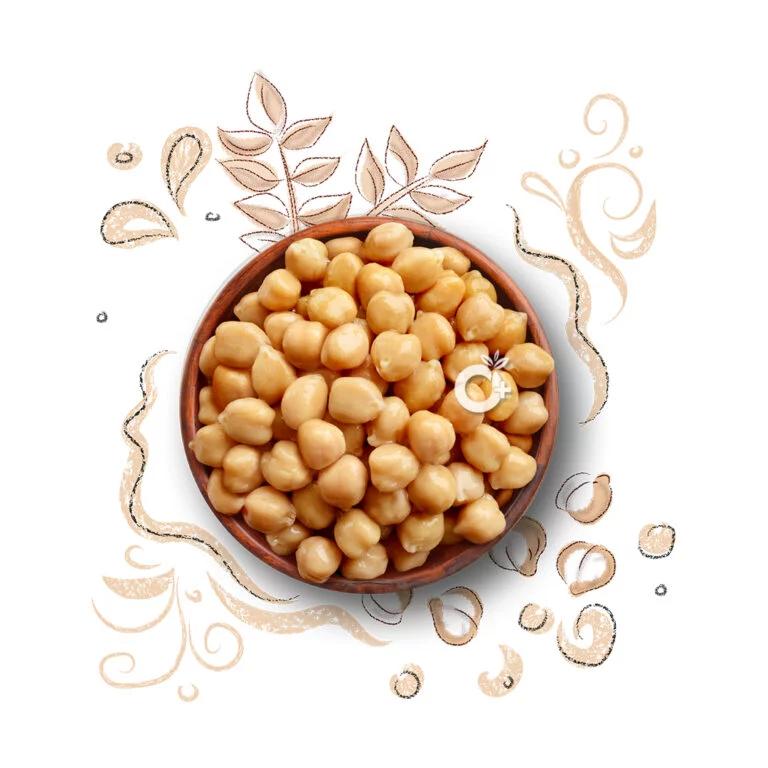
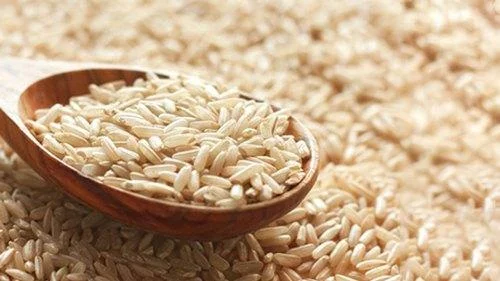


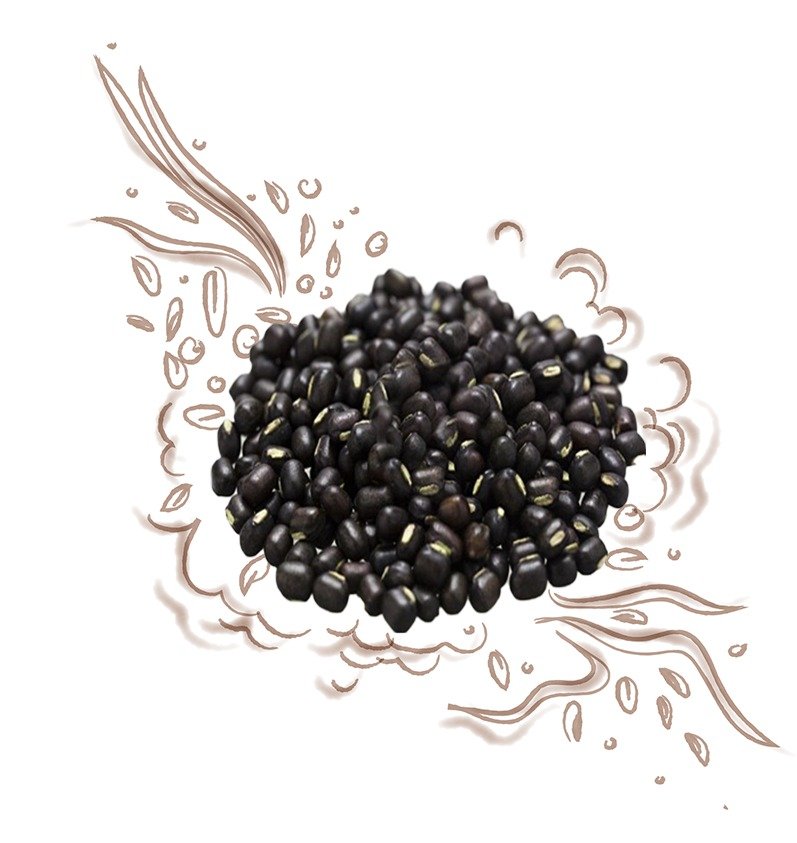
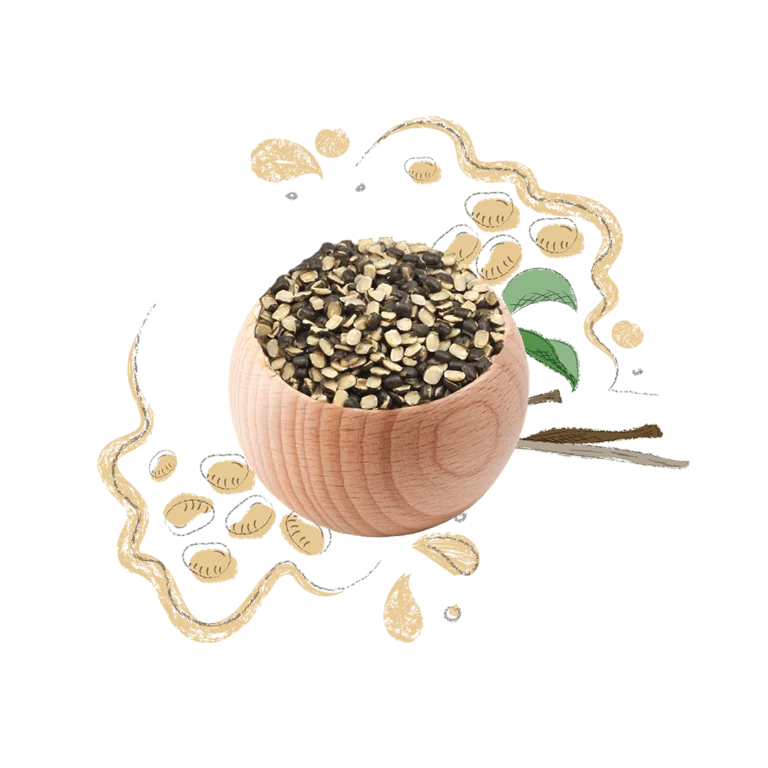
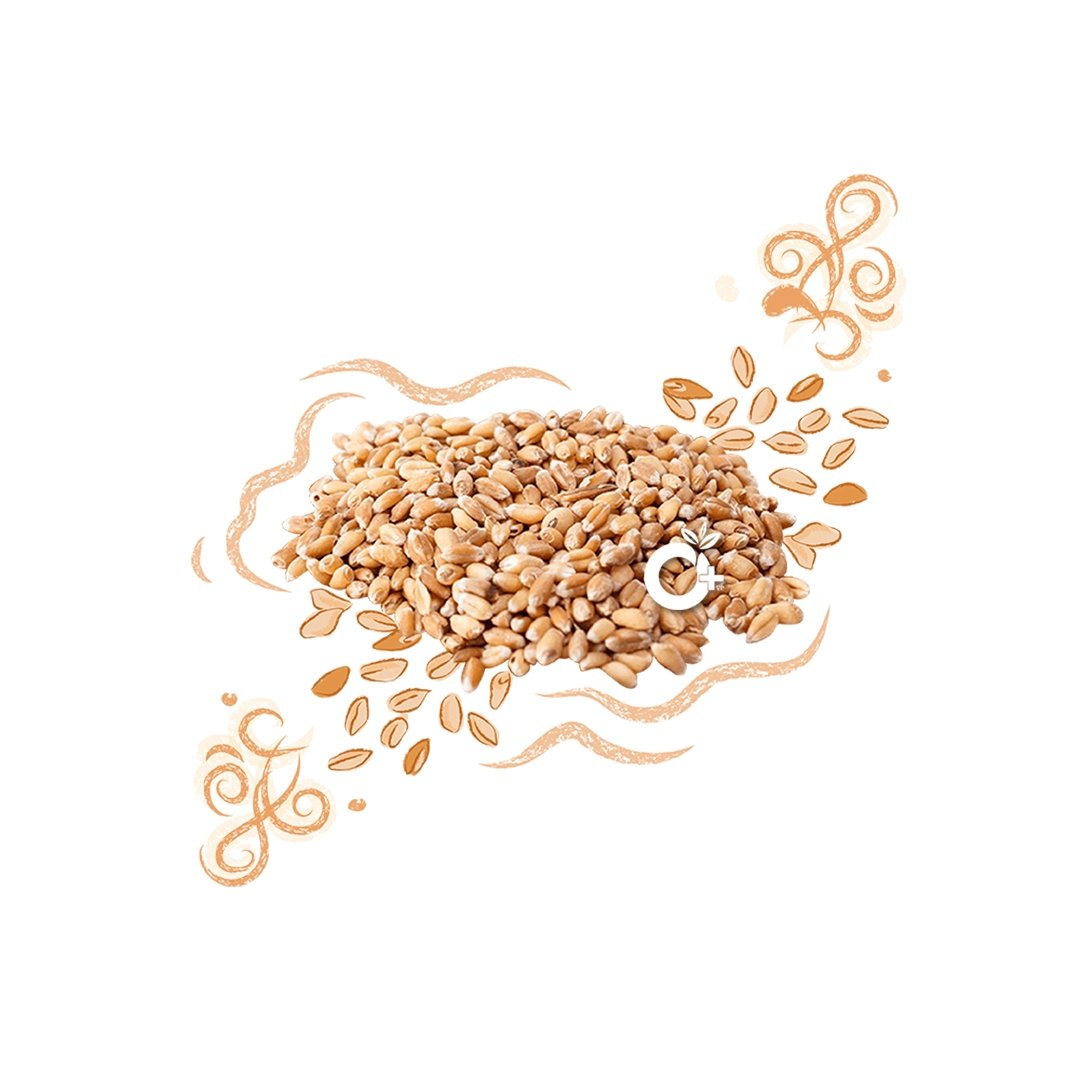


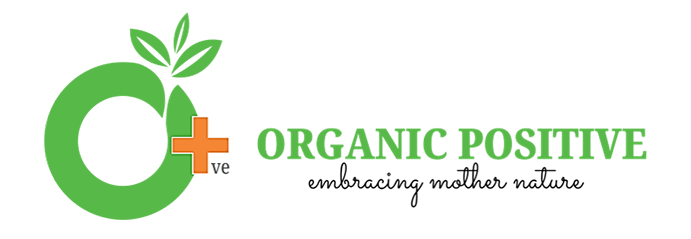

Reviews
There are no reviews yet.